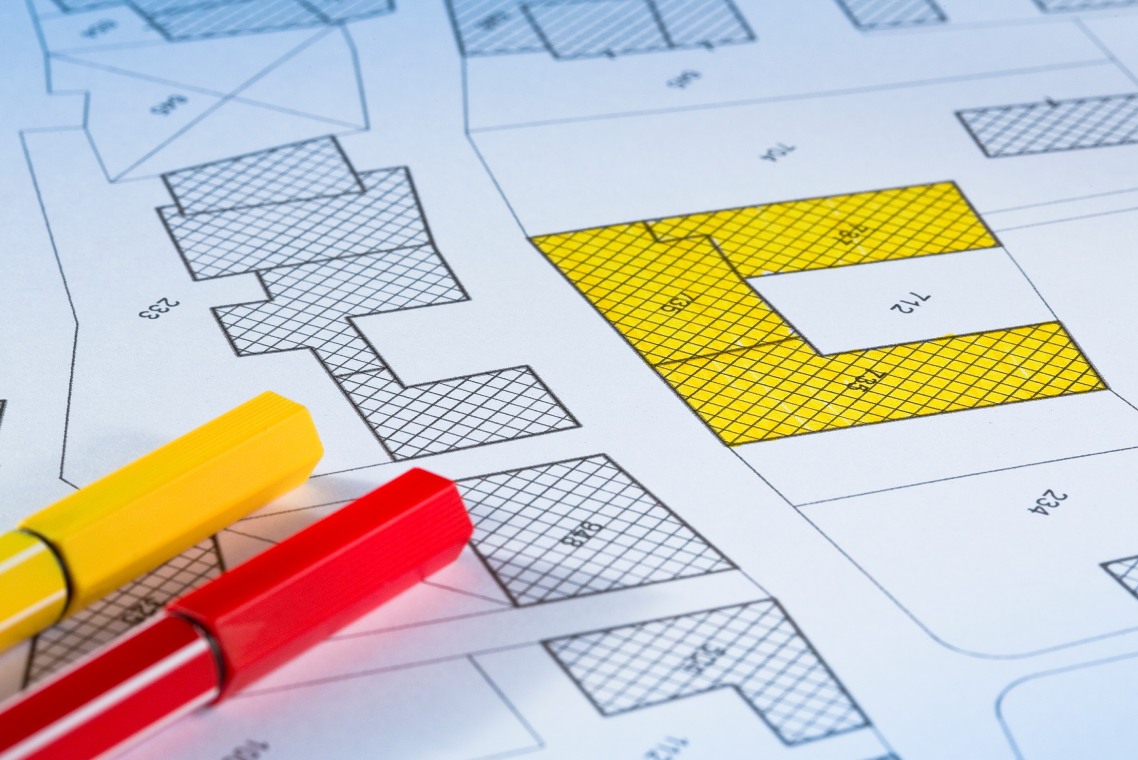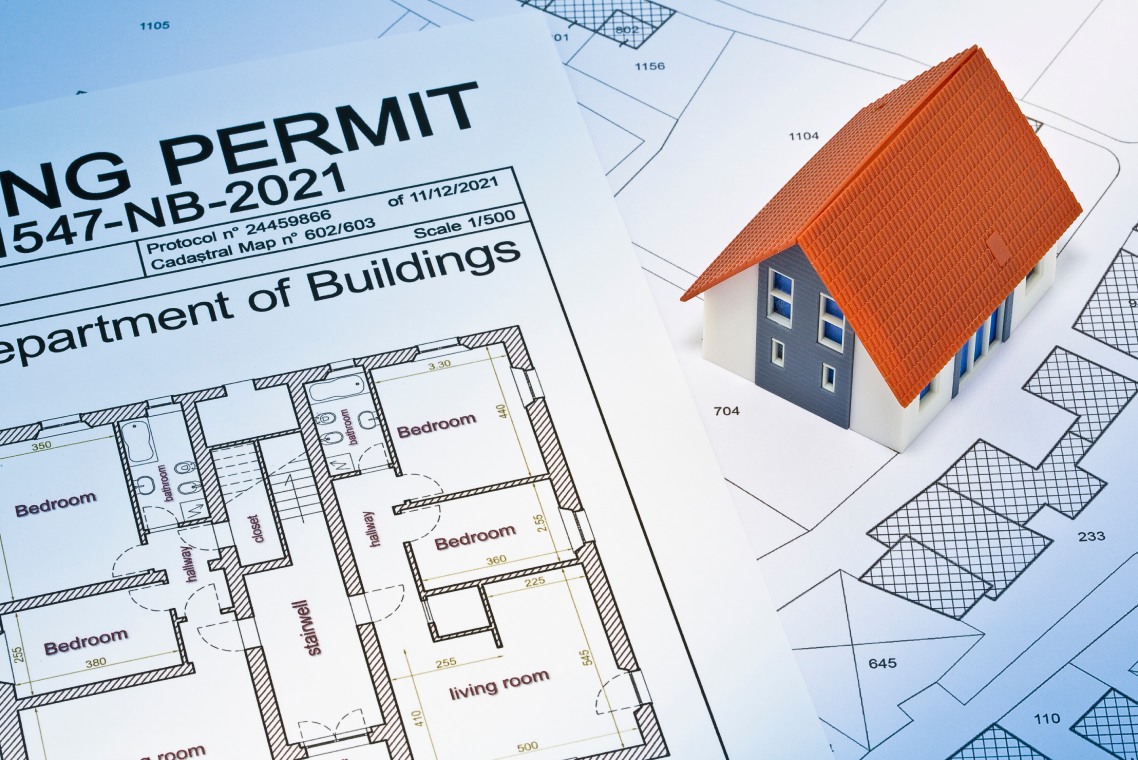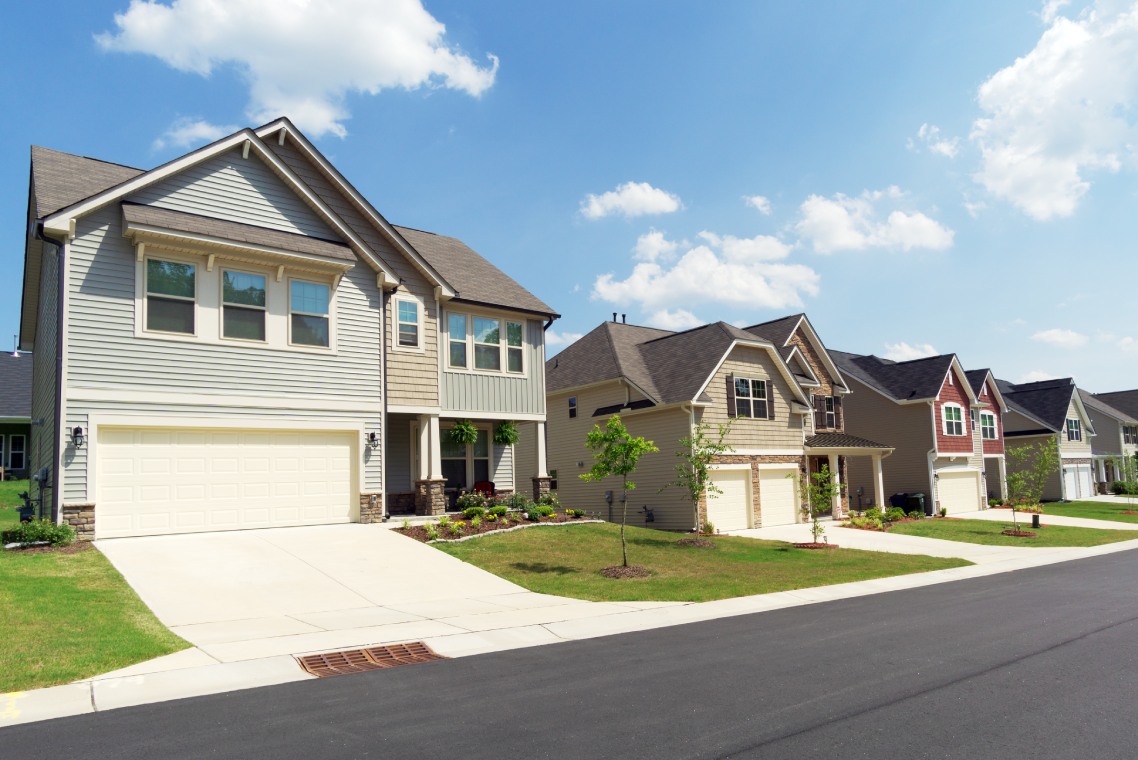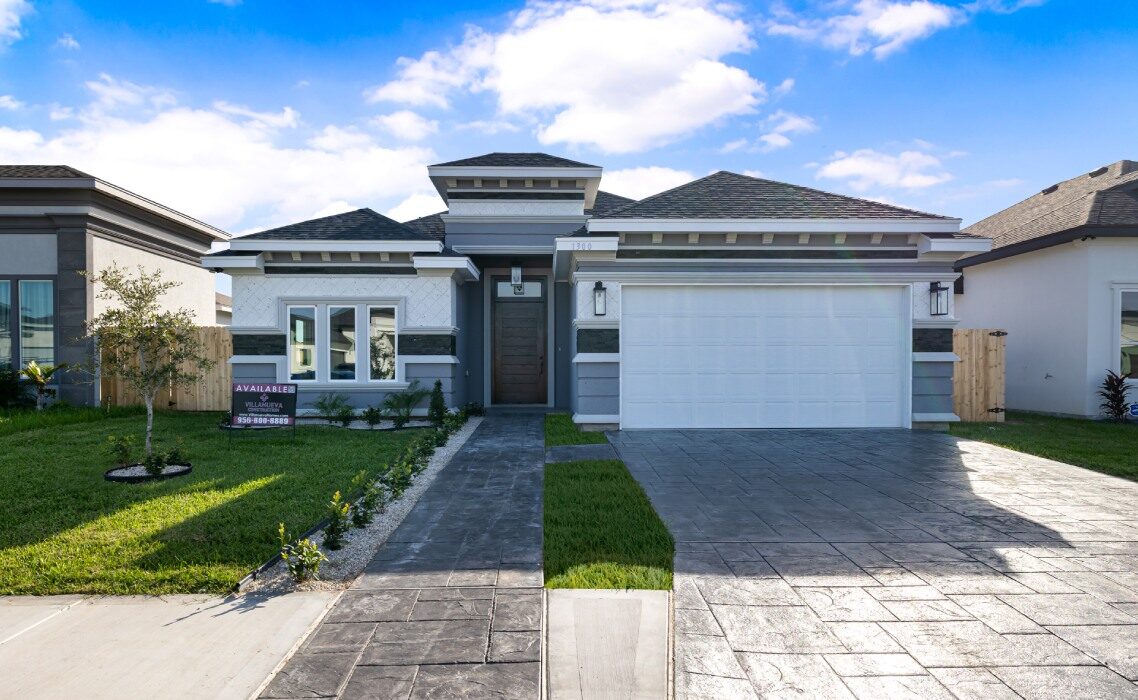Custom Homes: Navigating RGV Zoning Laws and Building Regulations
Looking to build your dream home in the RGV? Do not begin before you are familiar with the RGV zoning laws and construction regulations.
Zoning specifies what kind of structures can be built in an area. This could be single-family homes, apartment buildings, office spaces, factories, or stores. Zoning laws in the US are regulations set by local municipalities (cities, towns, counties) that dictate how land can be used. The Rio Grande Valley region has similar laws in place. So, if you are building a house in the RGV, here is what you need to know.
Zoning in the RGV

The city of Edinburg has its own set of zoning laws. Its website features an online interactive map that allows you to check the allotted zones in specific areas of the city.
Likewise, the city of McAllen has a set of zoning laws for construction. Recently, the McAllen Planning and Zoning Commission rejected the rezoning of properties for tech companies. This means no corporate offices can set up their shops in those zones. Make sure you follow the specific regulations in the city where you build your RGV home.
Types of Zones
There isn’t a single set of zoning laws for the entire Rio Grande Valley (RGV). However, many cities follow similar zoning structures. Each zone defines the type of building you can put up there. Here are the types of zones you should be aware of:
- Residential zones (R-1, R-2, R-3): These zones typically allow single-family homes, duplexes, fourplexes, and, in some cases, low-rise apartment buildings (depending on the specific R zone).
- Commercial zones (C-1, C-2): These zones allow for businesses like retail stores, restaurants, and offices. The type of business allowed will depend on the specific commercial zone designation.
- Industrial zones (M-1, M-2): These zones are designated for manufacturing, warehousing, and other industrial uses.
- Agricultural zones (A): These zones are for agricultural uses like farming and ranching.
There are also hybrid zones like R-A, which are intended for both residential and agricultural uses. Also, you may have RM zones, which allow for multiple residency units.
Some cities have dozens of zoning codes. For example, the City of Austin, TX, has a total of 40 zoning codes.
You need to look for these codes to understand what you can build on your property. In most cases, the code for each piece o land is listed on the city’s website. If not, you can contact the local regulators to get clearer answers.
Types of Residential Zoning Codes
 If you are looking to build your dream home, you need to know about the specific residential zoning codes. There are several residential zoning codes issued by cities within the RGV. The most common ones are R-1, R-2, and R-3.
If you are looking to build your dream home, you need to know about the specific residential zoning codes. There are several residential zoning codes issued by cities within the RGV. The most common ones are R-1, R-2, and R-3.
R-1 zoning is for single-family residential homes. This is the least dense residential zone, which means a quiet and spacious living environment with larger lot sizes. R-1 zones allow only single-family detached homes, meaning each dwelling unit has its own lot and walls separating it from other houses.
R-2 zones are for two-family residential units. These are denser than R-1 zones, but there is still some room for privacy and a peaceful environment. You will see a mix of duplexes, townhouses, and single-family homes in R-2 zones.
R-3 zones are for multi-family residential units. These primarily allow for high-density housing options like apartment buildings, condominiums, and townhouses. R-3 zones offer less individual living space but provide convenience and affordability due to their proximity to amenities and potentially lower housing costs compared to single-family homes
Note that there could be variations within an R zone like R-1A (allowing only single-family homes with a minimum lot size) or R-2B (permitting a mix of housing types with specific design requirements). Certain areas might have zones like R-EC (Estate Residential) for large-lot single-family homes or R-XD (Planned Development Residential) for developments with specific design guidelines.
So, you need to check for the specifics and get it confirmed by a professional.
Zoning Codes are Crucial When Seeking Building Permits

Zoning codes also regulate aspects like building height, setbacks from property lines, lot size requirements, and, in some cases, architectural styles. So you have to show that your building plans are in compliance with all relevant zone regulations. As part of the process, you submit your building plans, which should reflect compliance with zoning and building codes, to the local building department (usually managed by the city or county).
The building department reviews your plans and might conduct site inspections to ensure adherence to regulations. If everything meets the codes, a building permit is issued, authorizing construction.
Depending on how well-structured your building plans are, you may have to tweak some of your plans and go back and forth a few times in the approval process.
Violation of Zoning Rules Results in Stop Work Orders and Penalties
Even after the issuance of the building permits, you need to ensure that you are staying within the guidelines when constructing your house.
If you are a new home buyer and construction is underway that violates zoning codes, the local building department can issue a stop work order, halting construction until the violation is addressed. Depending on the severity and persistence of the violation, fines can be imposed by the city or county. In extreme cases, the city or county could take legal action to enforce zoning codes, which might involve court appearances and further penalties.
Upon violation, the local government might issue an order requiring you to bring the property into compliance with zoning codes. This could involve removing structures, changing signage, altering the use of the property, or making changes to other building essentials.
Therefore, when building custom homes in RGV, it is important to hire experienced builders who fully understand the local zoning laws.
Stay on Top of RGV Home Regulations With Us!
Remember, zoning regulations are in place to keep everyone in sync. Who would want their house to be next to a coal-powered factory? No one. Therefore, it is important to respect the zoning codes and build your dream custom home in accordance. To learn more about RGV zoning laws and home regulations and to build your custom dream home, contact us today. We will support you through every step of the process to ensure that you get the perfect home in accordance with all the relevant regulations.

